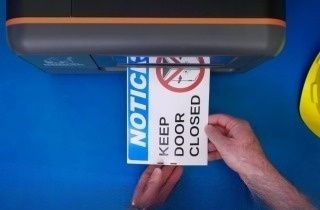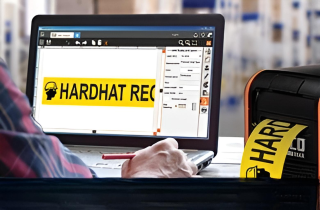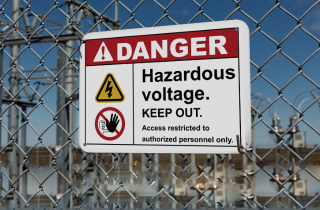Top 10: OSHA Violations for 2022: Stay Compliant & Safe

The undisputed champion continues its streak with year 12 at the top of the list. The standard outlines when and where fall protection is required and what safety systems and hazard controls must be used to prevent falls.

Companies are required to provide information about how to classify and label workplace chemicals. OSHA sets requirements on training employees, using safety data sheets (SDSs), and keeping a written workplace hazard communication plan.

The Respiratory Protection Standard directs employers to keep a respiratory protection program if workers must wear respirators to protect themselves. It includes specific rules for employee training and respirator selection, fitting, cleaning, use, maintenance, and repair.

OSHA's Stairways and Ladders Standard establishes requirements for the safe use of ladders, extension ladders, job-made wooden ladders, and step ladders.

The Scaffolding Standard covers safety requirements for airlifts, suspended scaffolds, supported scaffolds, and others. Common hazards associated with scaffolds include falls from an elevation due to lack of fall protection; the collapse of the scaffold caused by instability or overloading; getting struck by falling tools, work materials, or debris; and electrocution due to scaffolds located too close to overhead power lines.

Lockout/Tagout protects workers from amputations and other serious injuries that can arise from unexpected startups and cycling of a machine or the release of stored energy from a machine during servicing and maintenance.

OSHA provides general design information and construction standards for powered industrial trucks such as forklifts or lift trucks. Employers must ensure truck operators are properly trained in operation and safety standards.

Unlike #1 on the list which deals with physical controls to prevent falls, this standard provides guidance on employee-required training and education to prevent falls.

Employers are required to provide eye and face protection to employees whenever necessary to protect against chemical, environmental, radiological, or mechanical irritants.

The Machine Guarding standard describes safeguards to protect employees from rotating parts, flying chips, sparks, and other hazards caused by machinery.
Protect Your Workers, and Your Bottom Line
Companies suffer lost productivity and medical, legal, and workers' compensation expenses that cost U.S. businesses billions of dollars each year. Add to that expense an OSHA citation, which can cost up to $145,027 per violation, it is easy to see how an effective safety and health program saves money. Adding clear safety signs and labels to your safety plan is a cost-effective way to improve hazard awareness, OSHA compliance, and operational efficiency. Visual safety cues help keep workers focused on safety while they are working and ensure that safety precautions are not overlooked. Companies experience significant savings not just on compensation claims and fines, as avoiding hazards prevents lost productivity due to employee injury or time out of work.
How does your workplace avoid these common citations? Let us know in the comments.
Download the full infographic here
Related Resources

Choosing the Right Industrial Label Printer for Your Business Needs
In the world of industrial labeling solutions, one size certainly does not fit all. Different businesses and ...
Read
OSHA Confined Space
OSHA Confined Space Safety OSHA's regulation 29 CFR 1910.146 covers "permit-required confined spaces." This ...
Read
The Benefits of Emergency Visual Communication in Crisis Situations
How Does Visual Communication Improve Disaster Response? When disaster strikes, emergency visual ...
Read.png)





